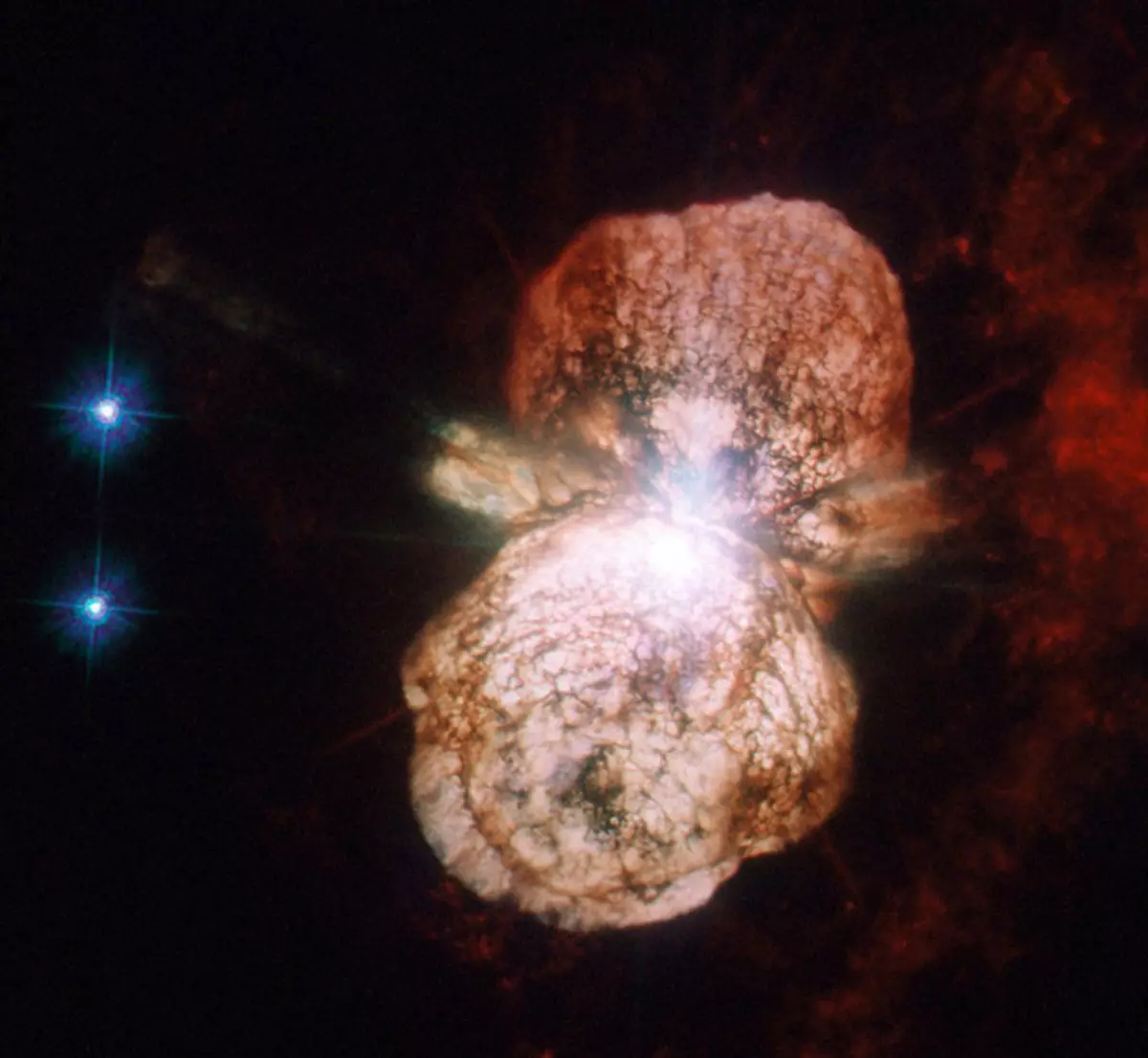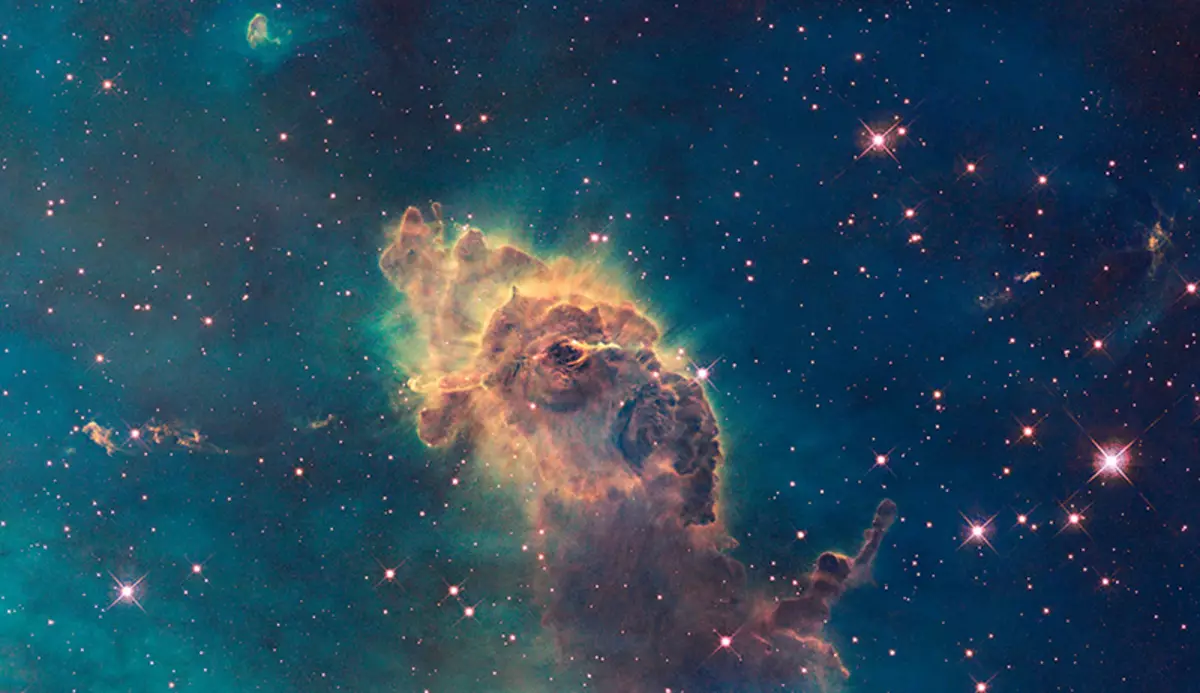
Ось уже 26 років на земній орбіті крутиться телескоп Хаббл. За цей час він зробив мільйони знімків Всесвіту. Ми вибрали для тебе 30 найкрасивіших.
Зоряне скупчення Westerlund 2.
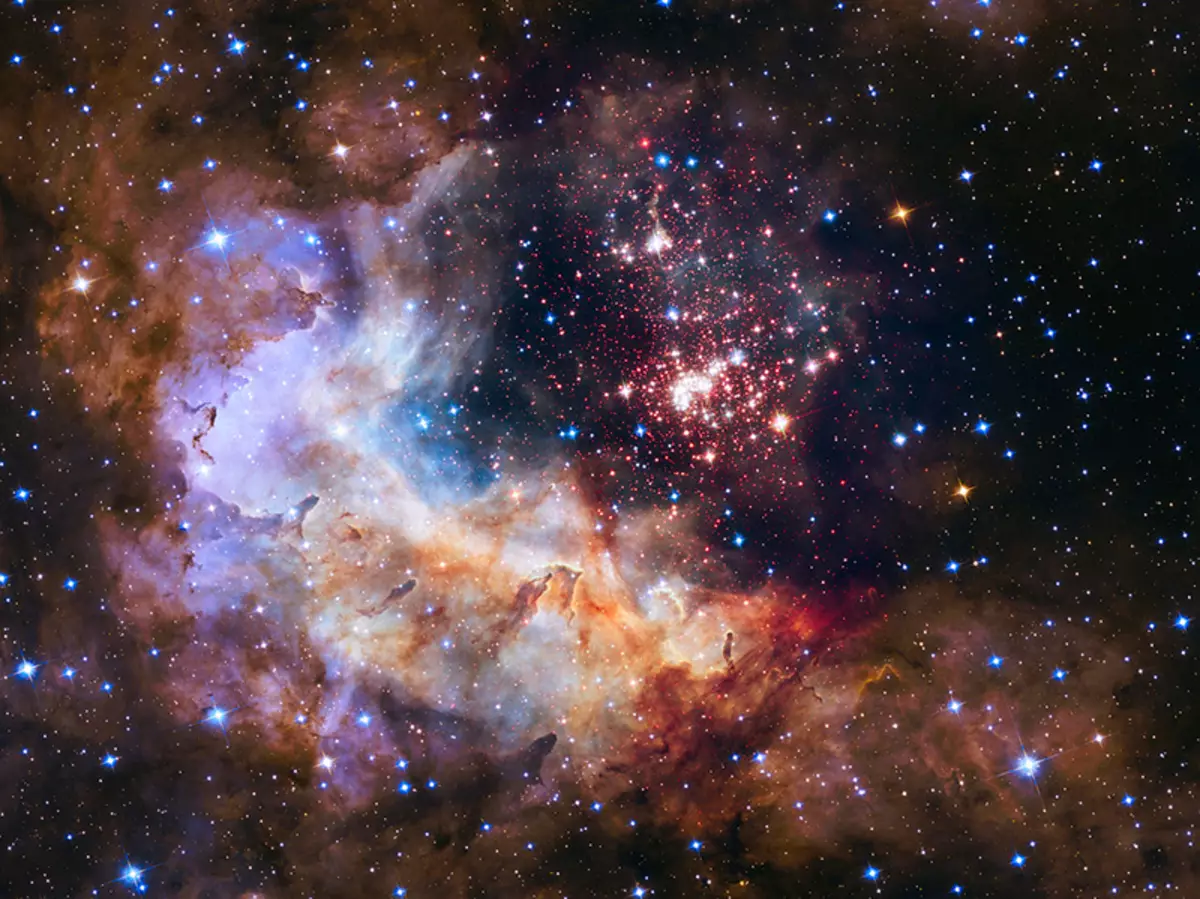
Один з найсвіжіших знімків Хаббл - центр Чумацького Шляху. Найближча до нас зірка з цієї фотографії знаходиться в 27 000 світлових років від Землі.
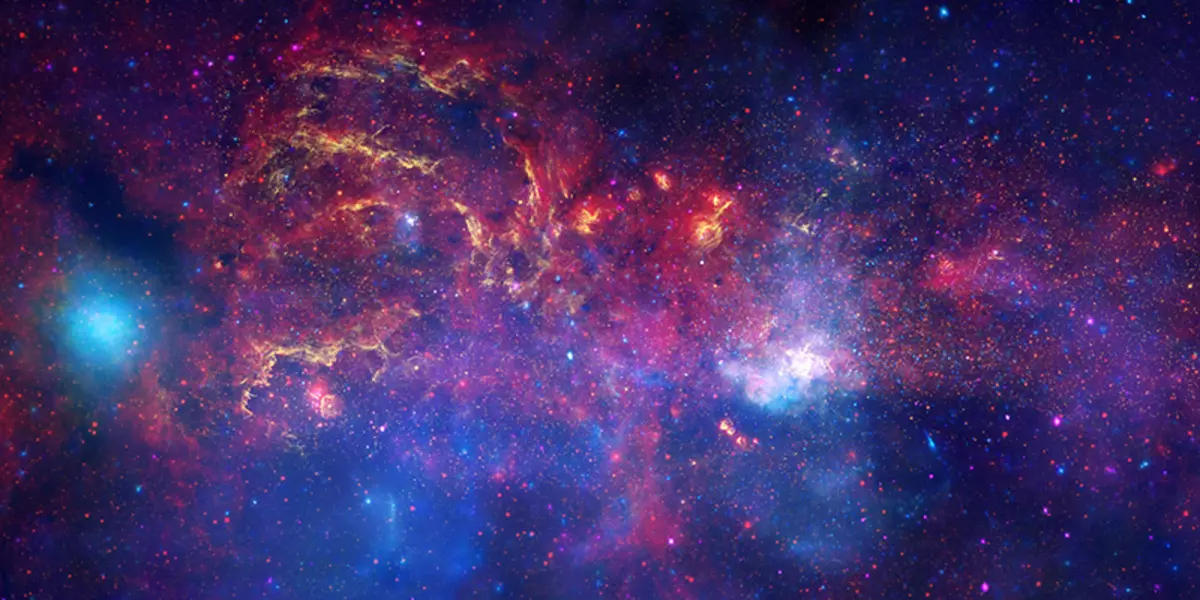
Хмари газу і пилу десь в Туманності Орла.
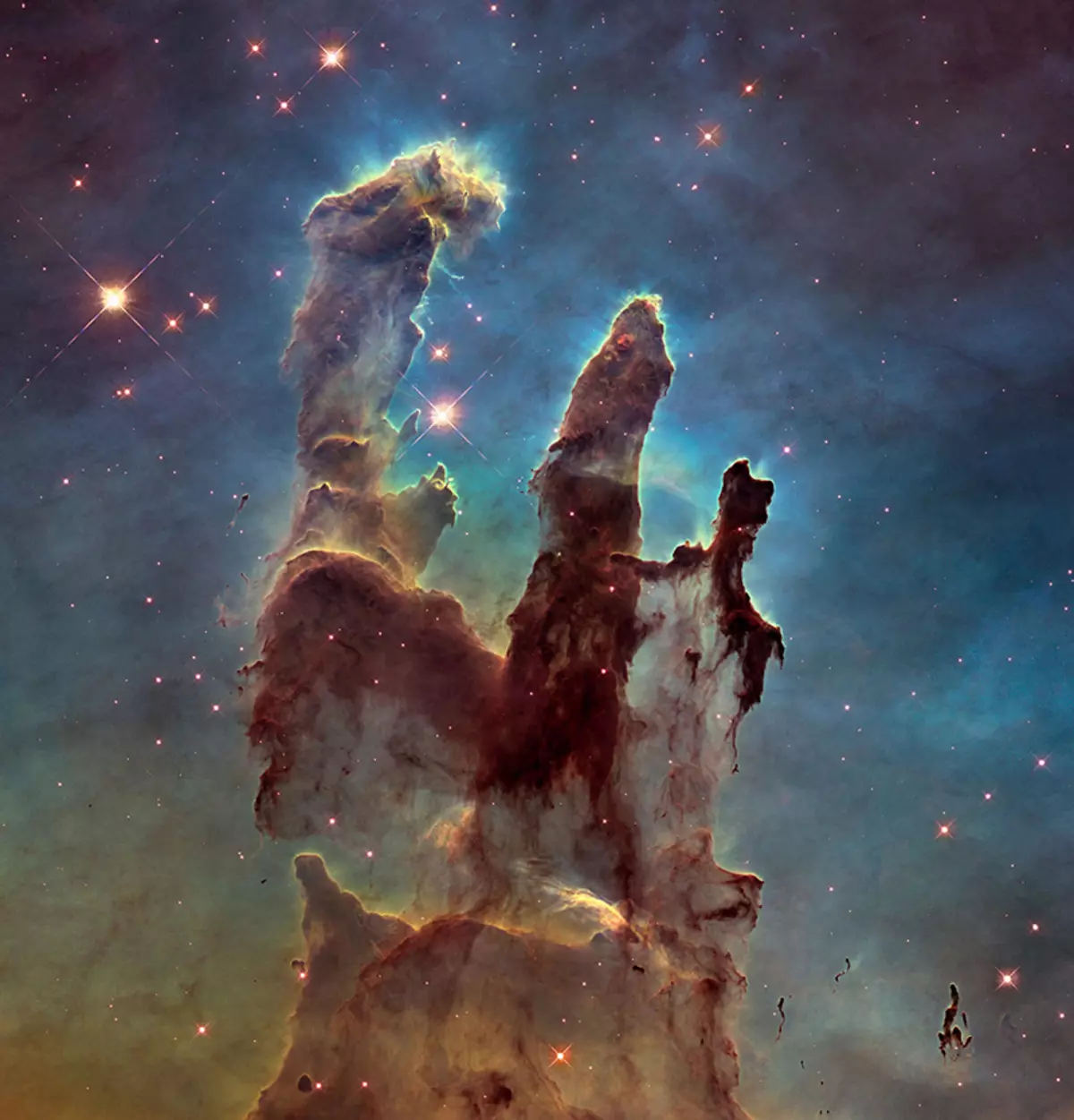
Це самий чіткий і детальний знімок Крабовидной Туманності, який поки є у людства. Ця туманність - все, що залишилося від наднової, рвонула 4 липня 1054 року по земній літочисленням. Спалах був такої потужної, що її ще місяць було видно навіть вдень.
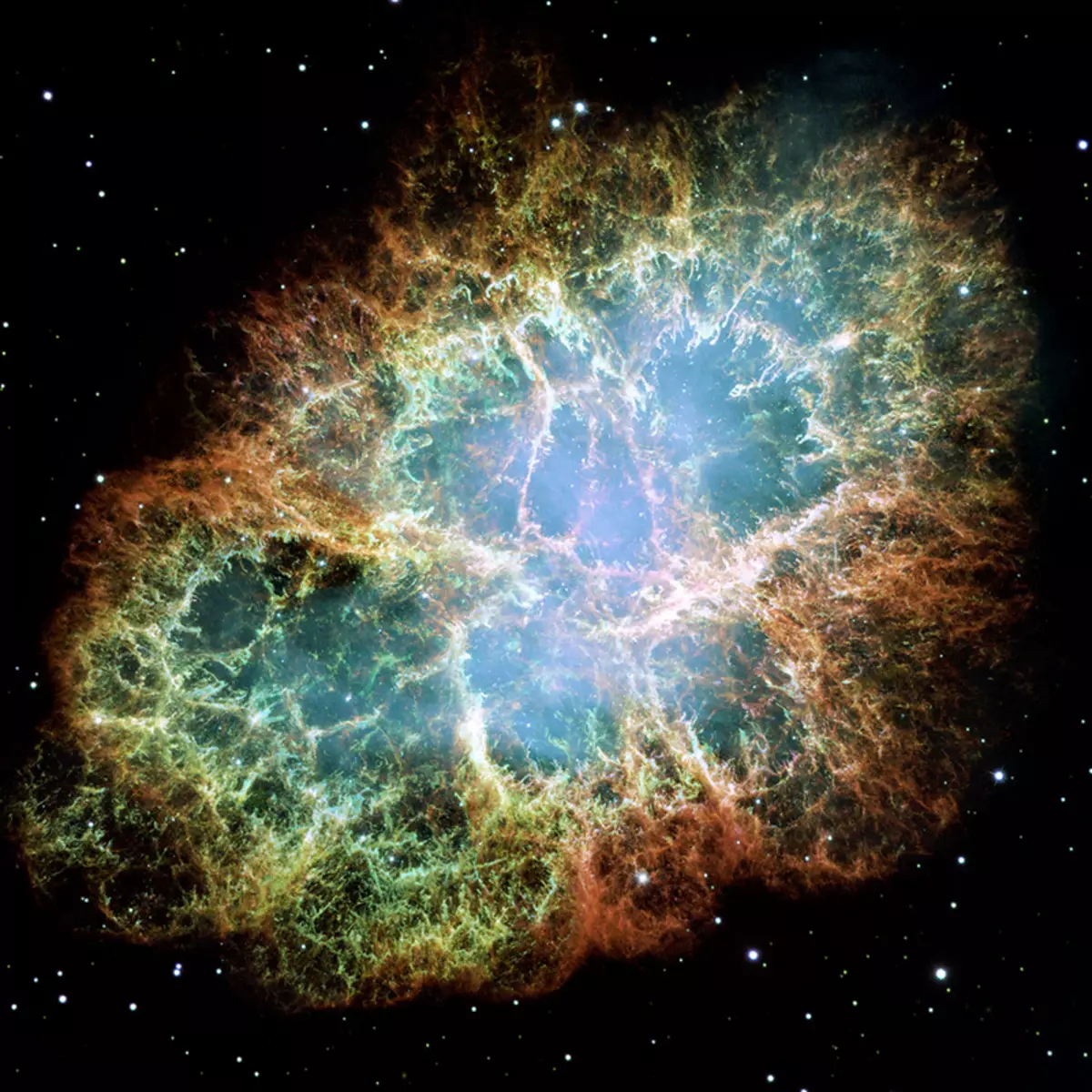
Туманність Медуза в сузір'ї Близнюків.
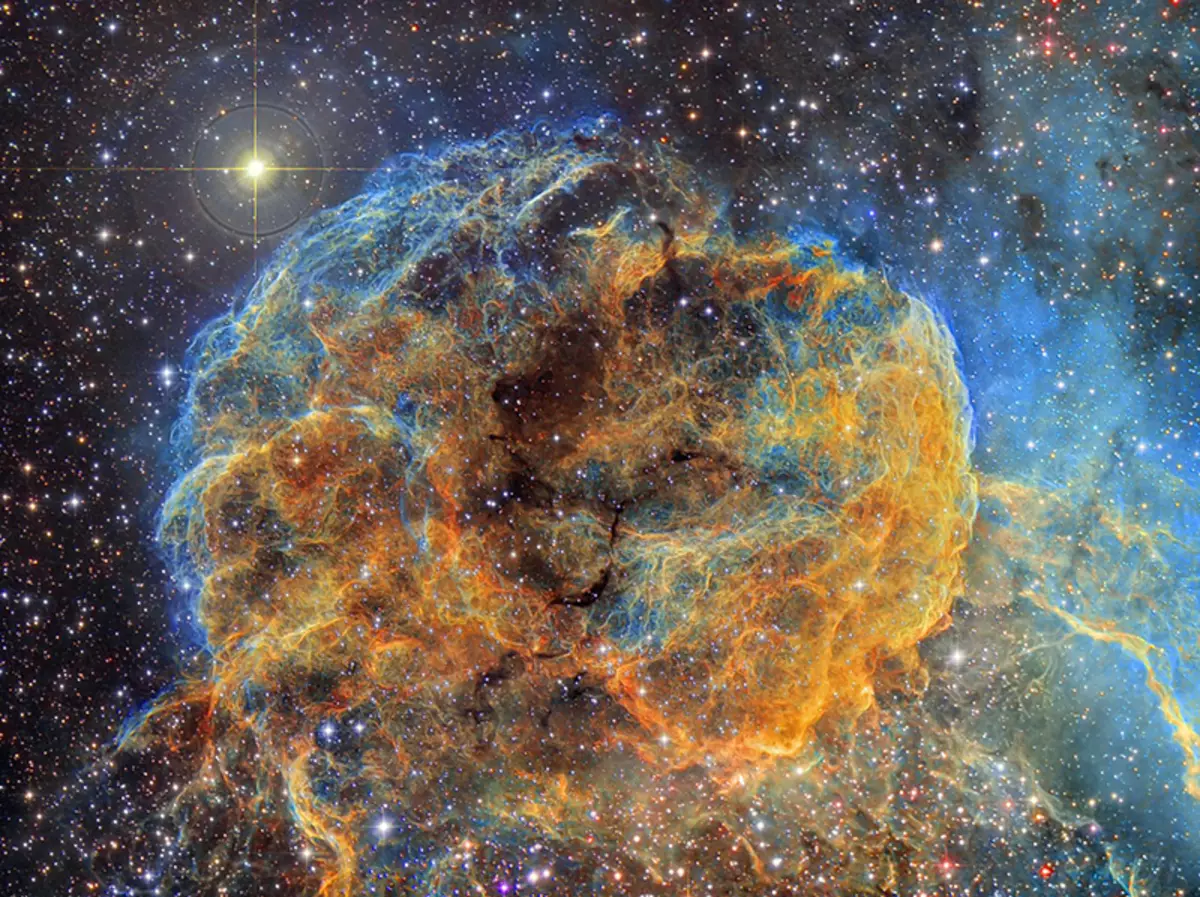
Біполярна туманність Twin Jet - дві зірки, які зійшлися в останньому танго. Одна вже руйнується, а інша ще продовжує обертатися навколо неї. Процес почався недавно - якихось 1200 років тому, приблизно тоді ж, коли на Русь заявився Рюрик.
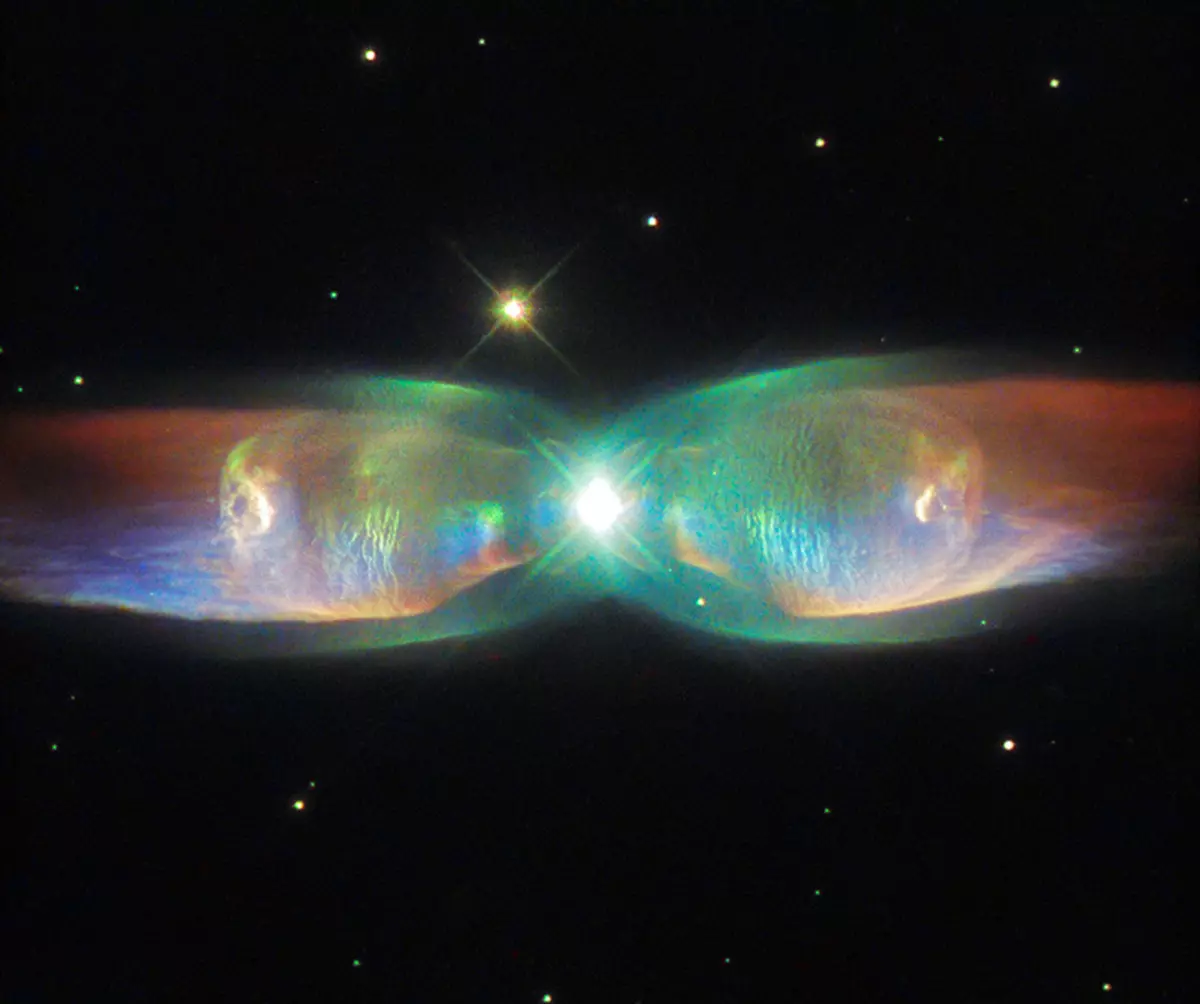
Це не Око Саурона. Це туманність Котячий Око а сузір'ї Дракона.
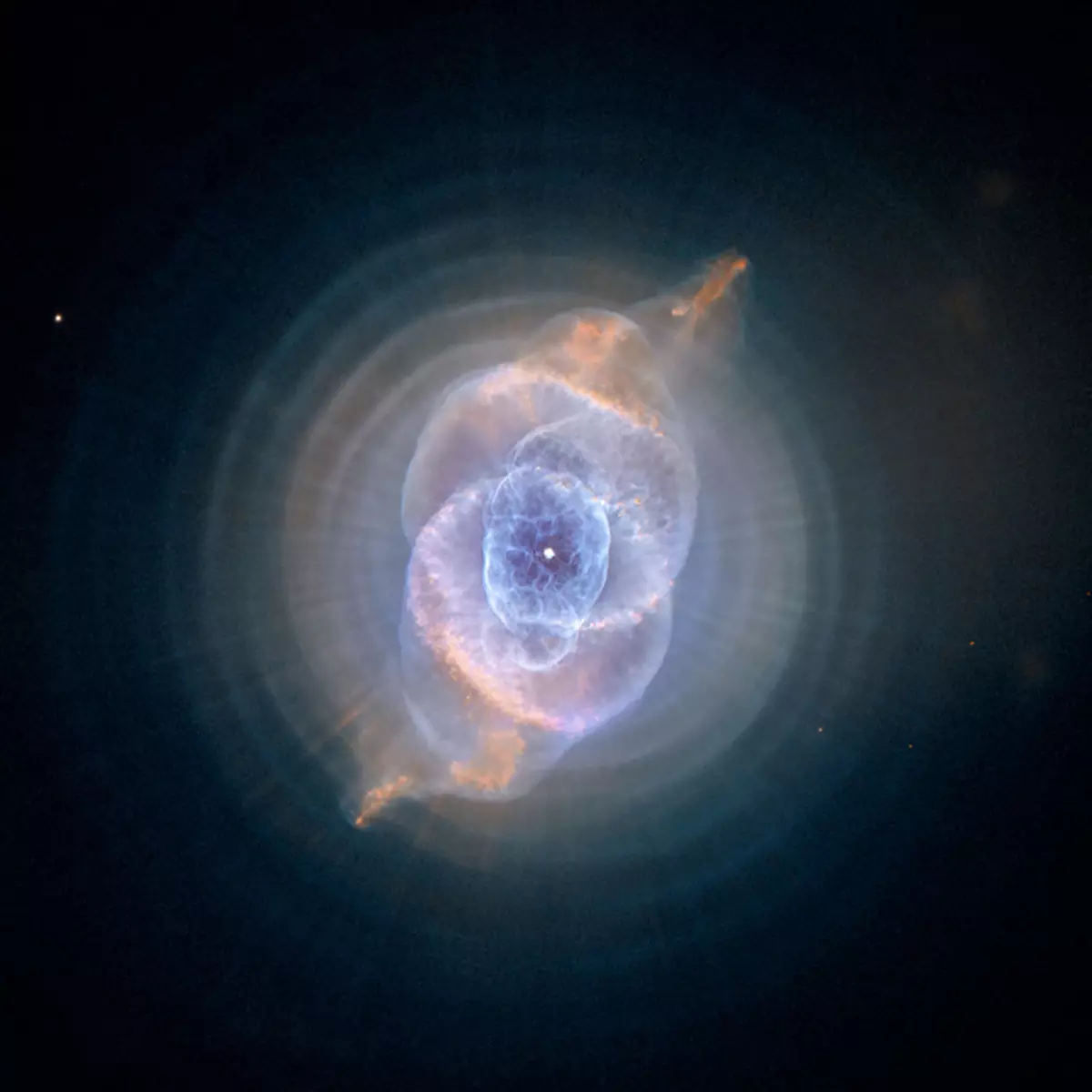
Хтось в космосі надув бульбашку. Дуже великий міхур - 23 світлових роки в діаметрі. Це скинута оболонка наднової зірки в Великій Магеллановій Хмарі.
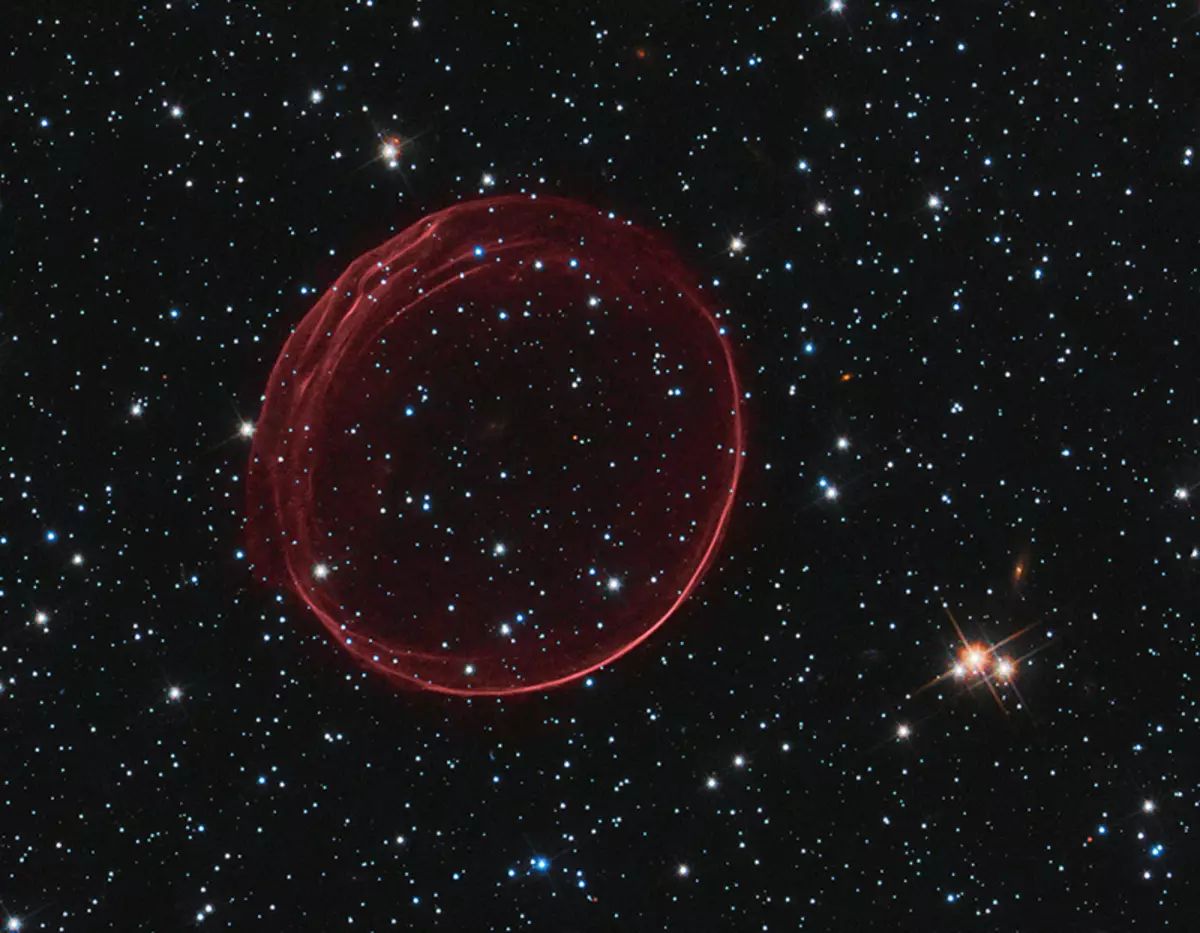
Милий метелик в сузір'ї Скорпіона. Важко повірити, що ця симпатична штучка - розпечений до 20 000С газ, який мчить через Всесвіт на швидкості 950 000 км на годину, а в її центрі - останки загиблої зірки.
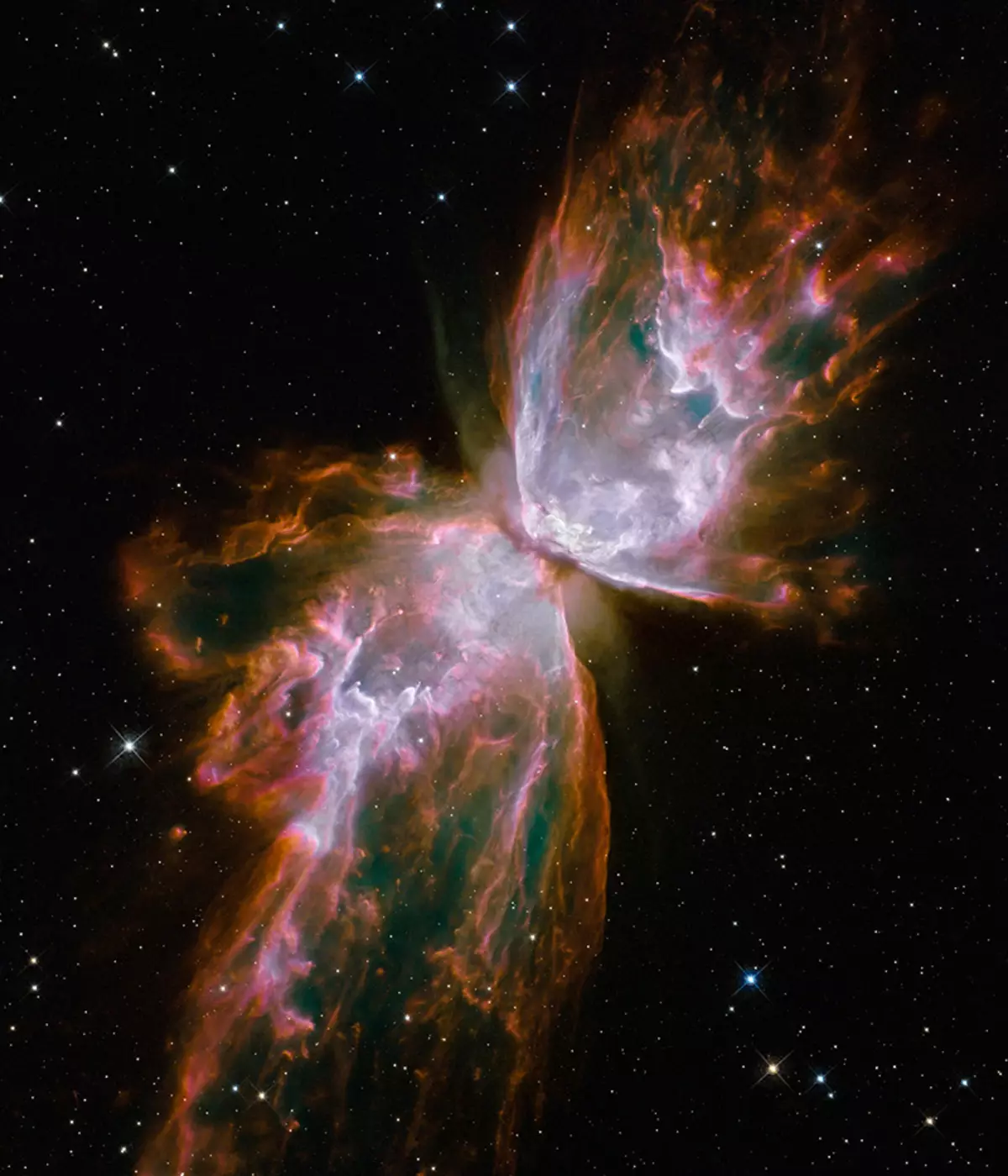
Так, це він - Сатурн. І він насправді ось такий, пастельний.
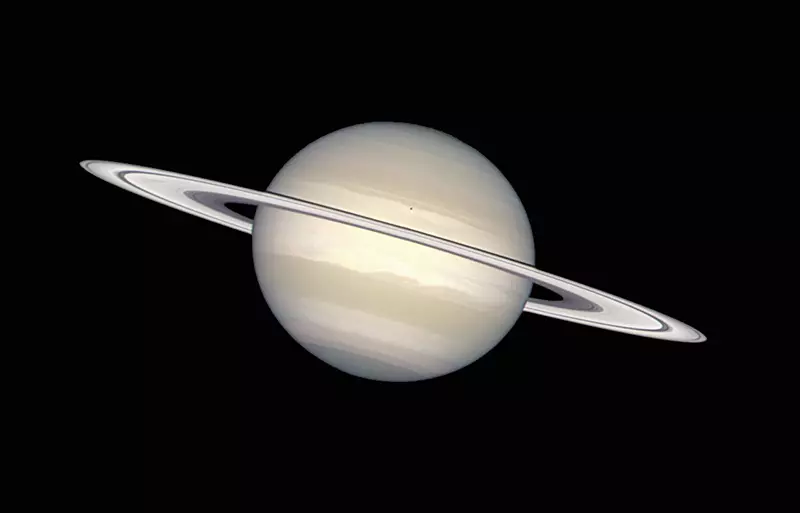
Спіральна Туманність в сузір'ї Муха. Фінальний етап еволюції будь-якої невеликої зірки. Наше Сонце теж так скінчить, швидше за все.
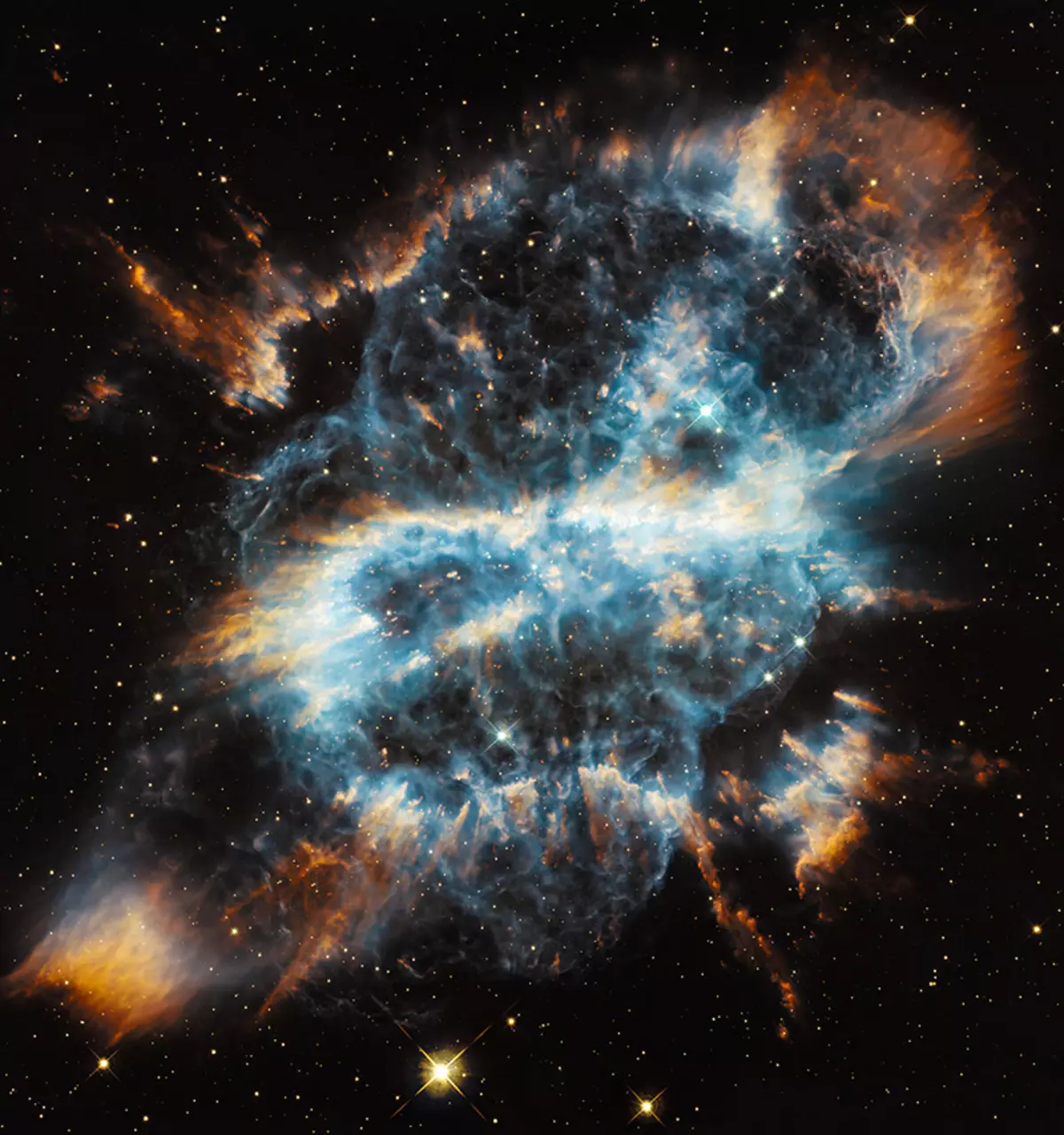
Хмари космічного пилу в сузір'ї Кіля. Або в Мордор.
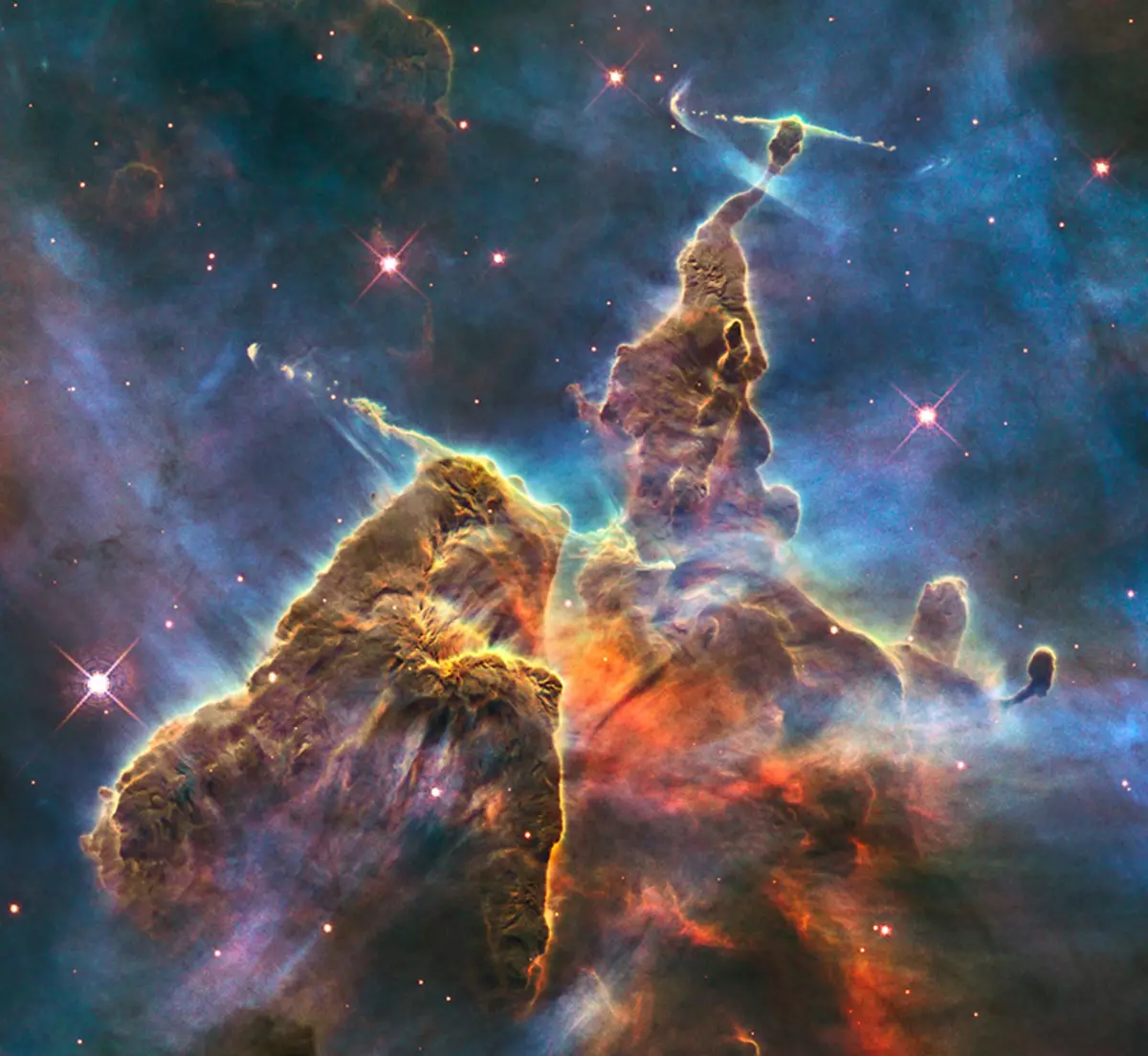
Меркурій, синій і побитий.
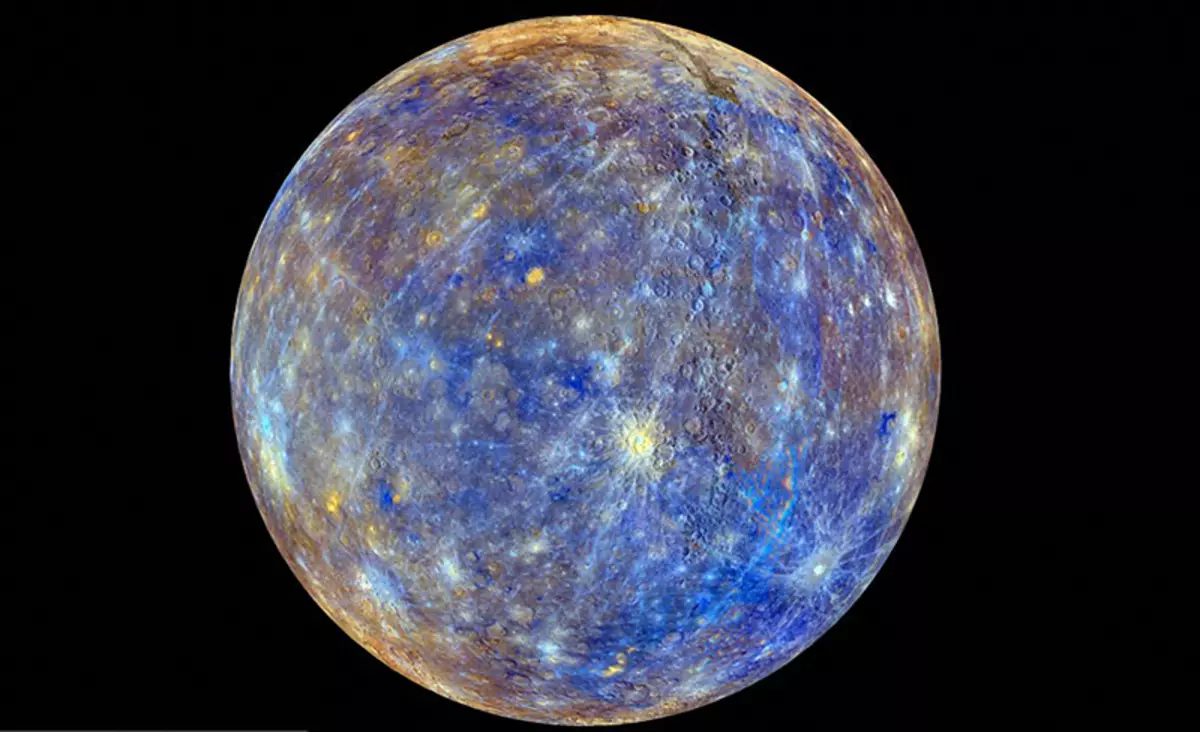
Туманність Равлик в сузір'ї Водолія - одна з найближчих до нас планетарних туманностей. Якихось 650 світлових років.
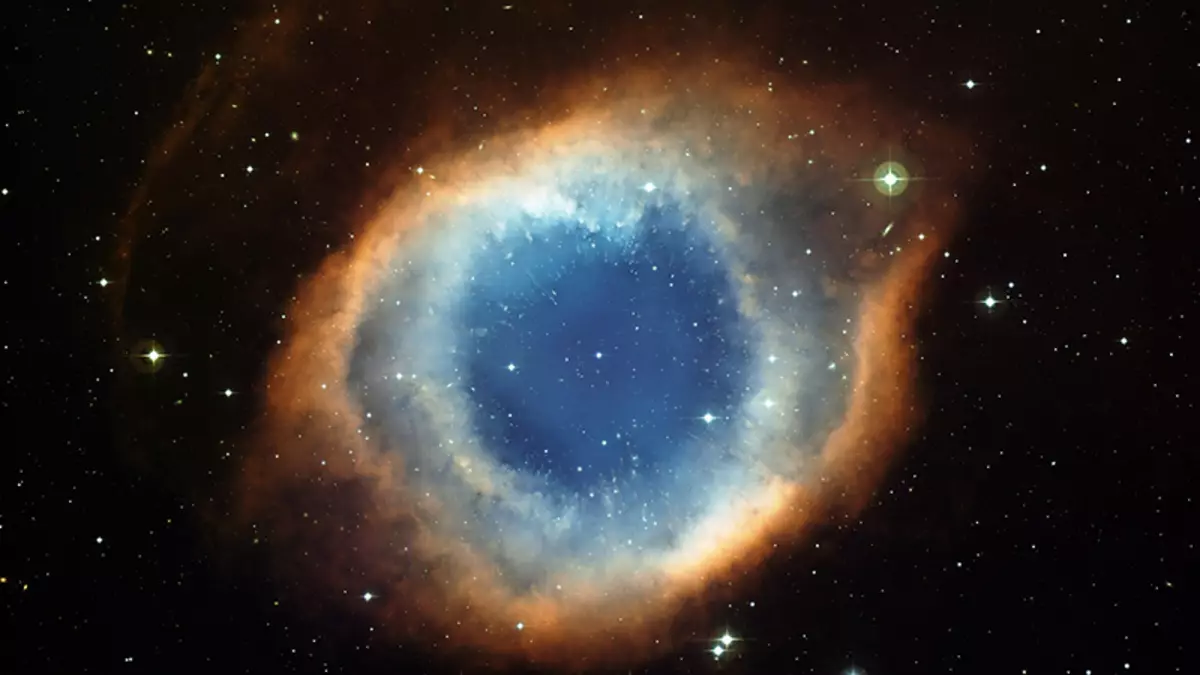
Галактика NGC 7049 в сузір'ї Індіанця. Щось подібне могли б зробити дизайнери Tiffany.
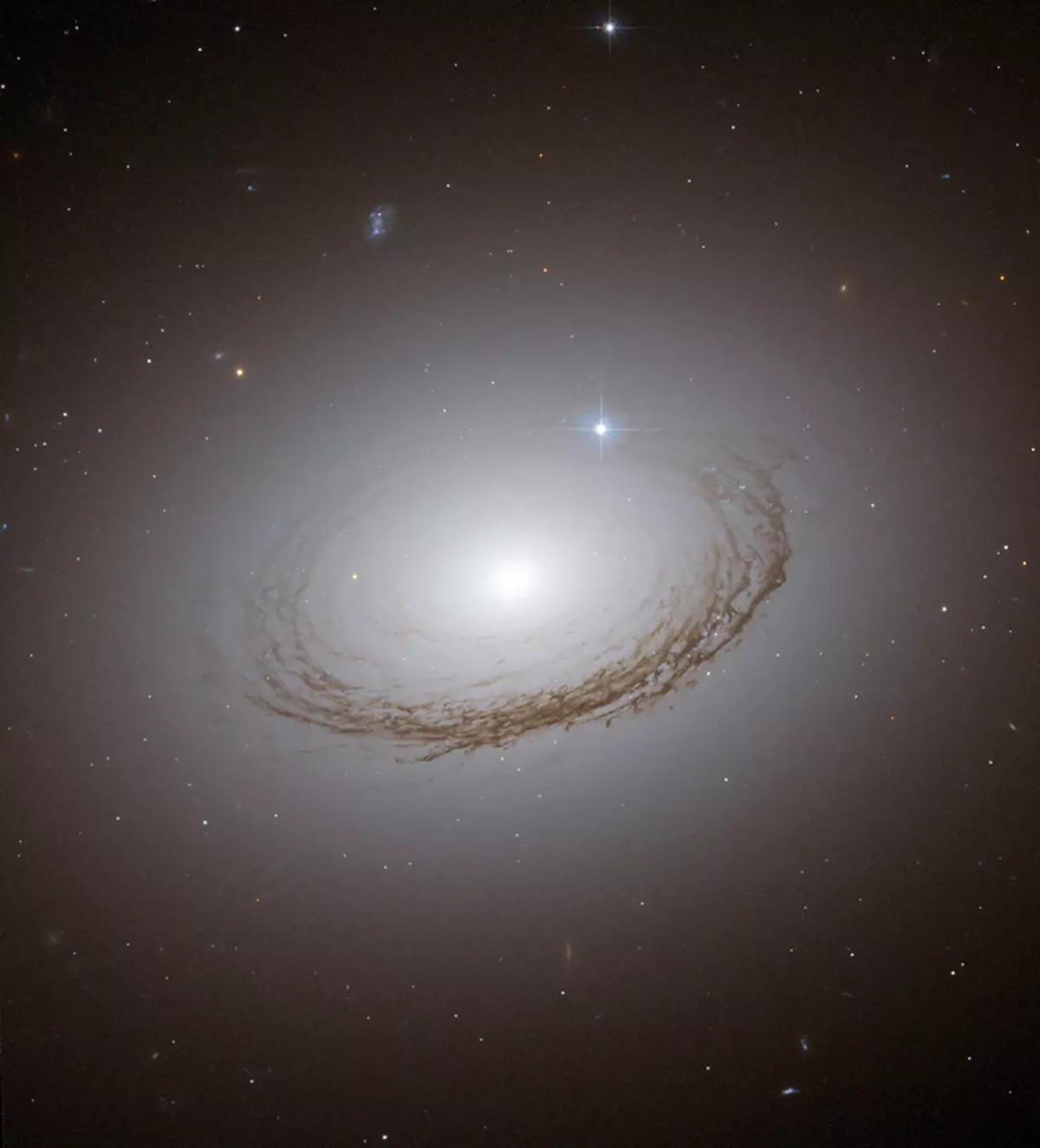
Мала Магелланова Хмара - галактика-сателіт нашого Чумацького шляху.
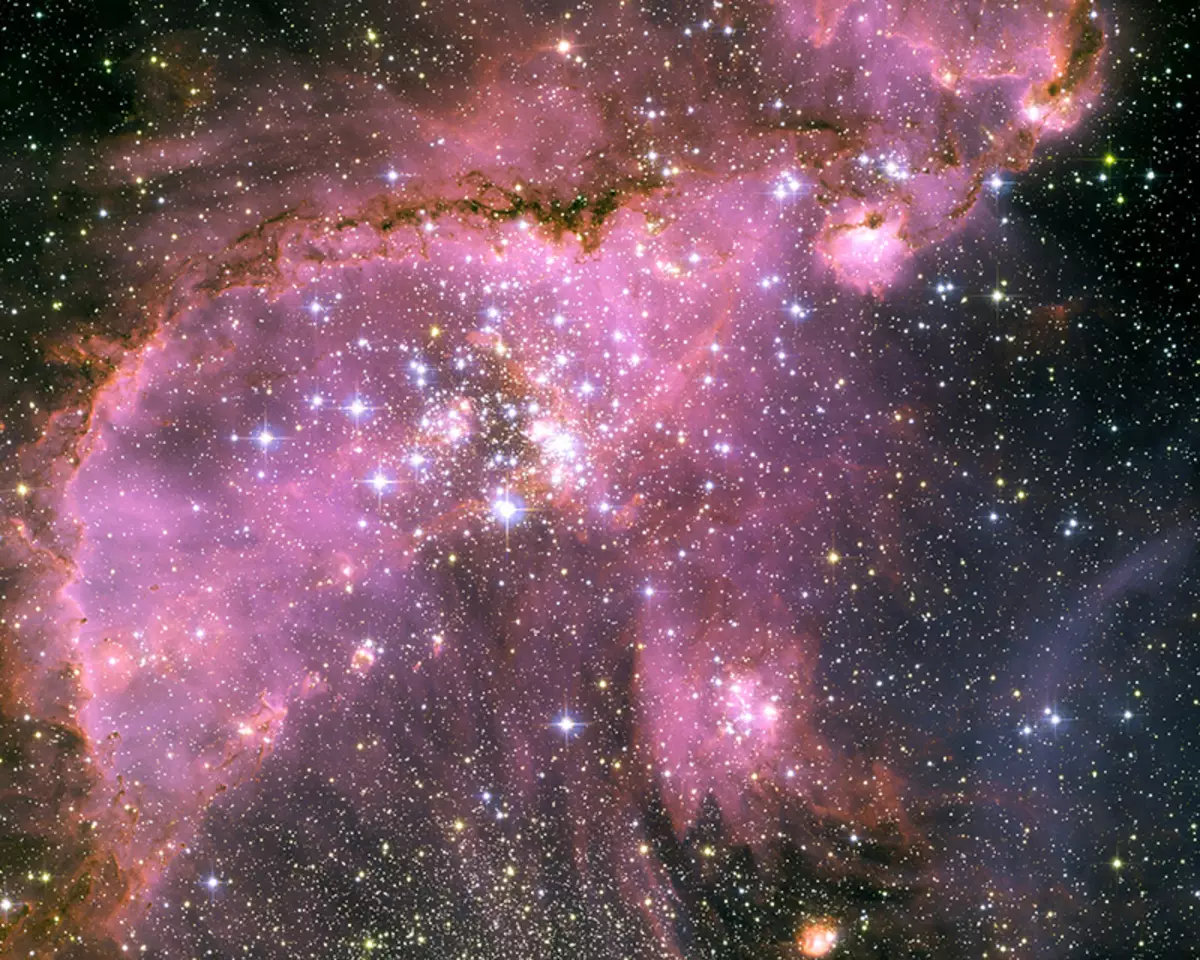
Маленька галактика в сузір'ї Діви. Одна-однісінька.
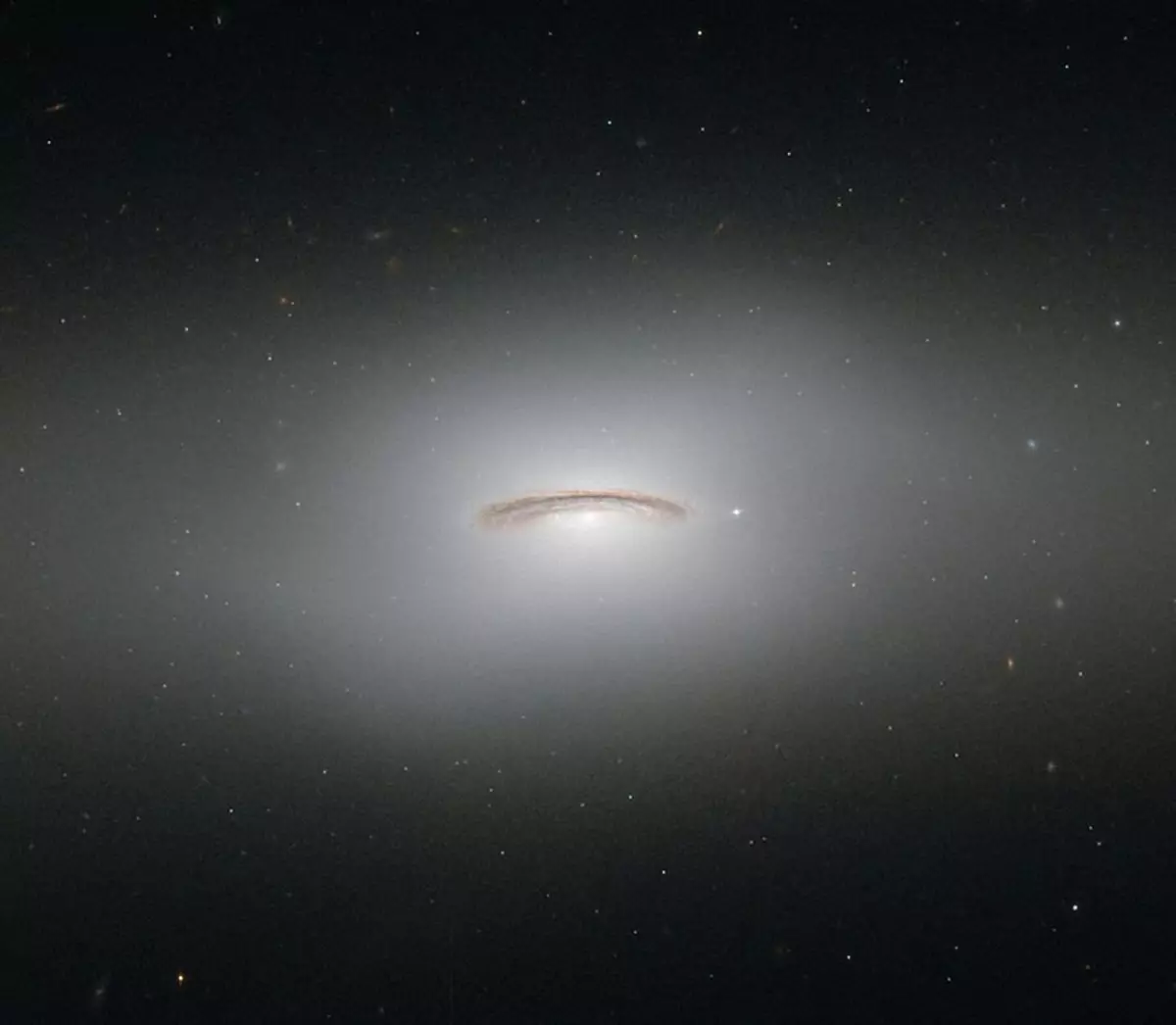
Юпітер крупним планом, на відміну від нас, виглядає навіть краще.
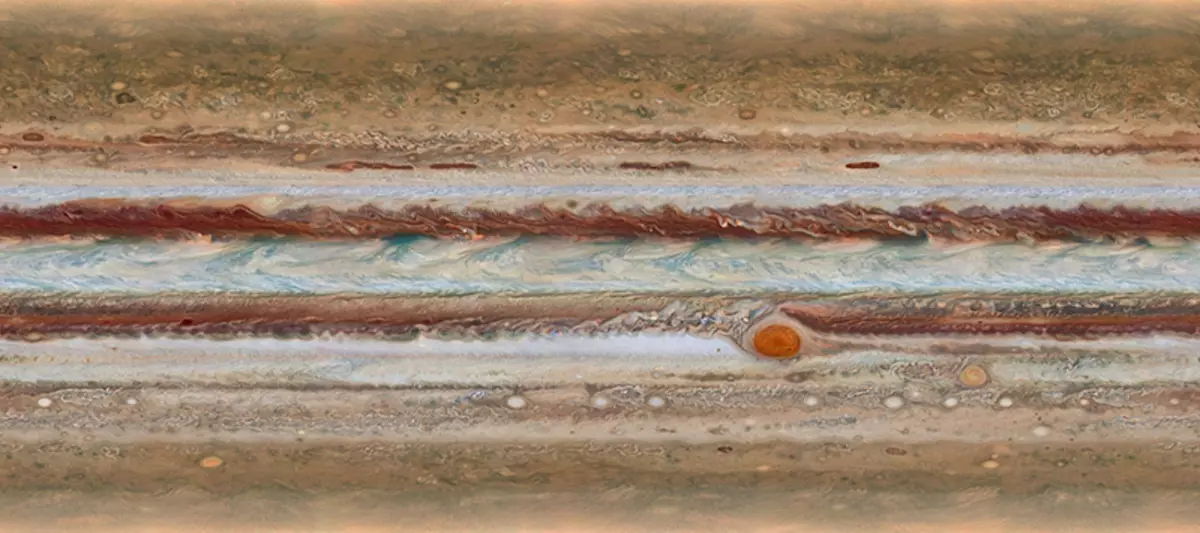
Ця галактика з поетичною назвою NGC 4206 - цех по виробництву зірок. Бачиш блакитні точки по краю? Це газ, який потім перетвориться в чиєсь сонце.
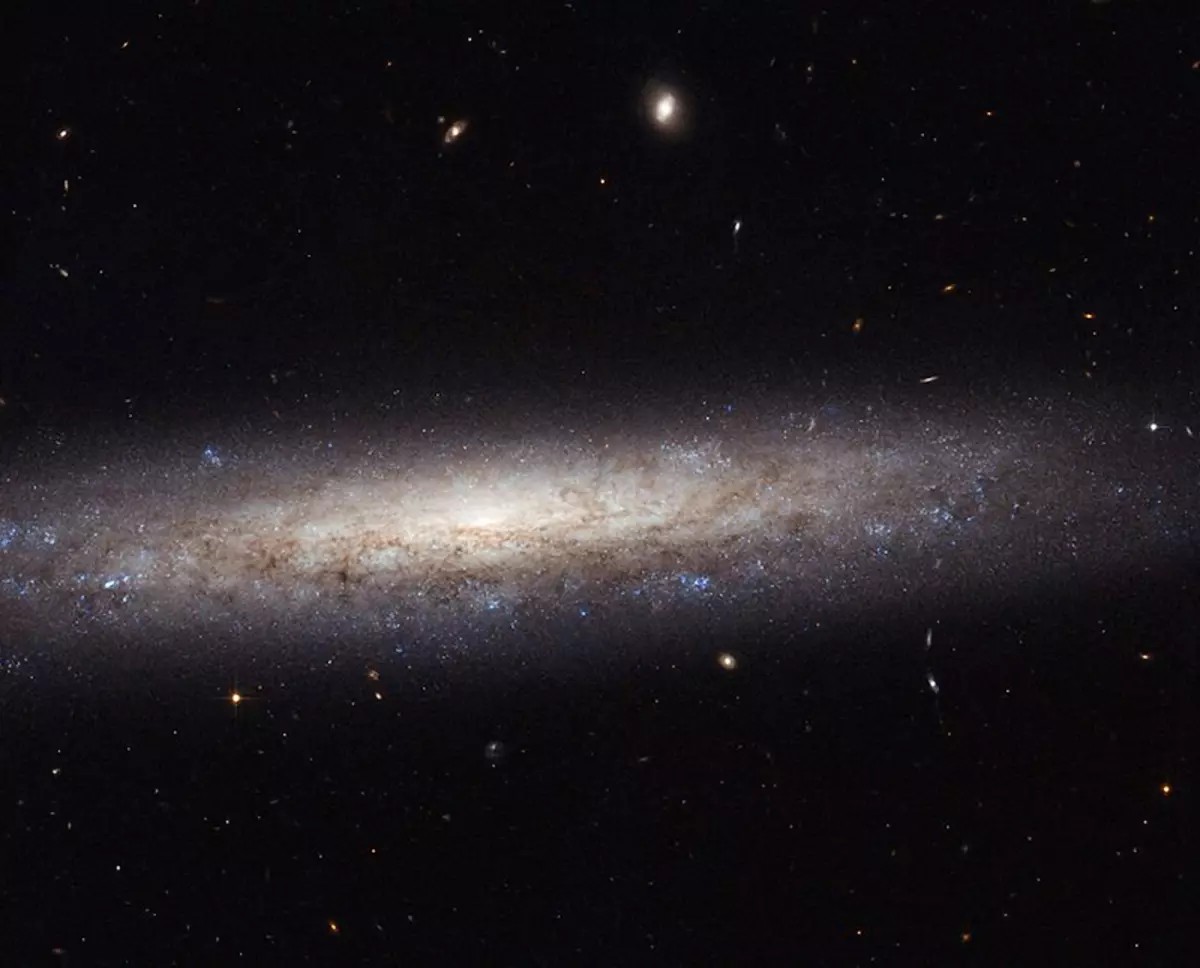
Туманність Вуаль - недоноски наднової.
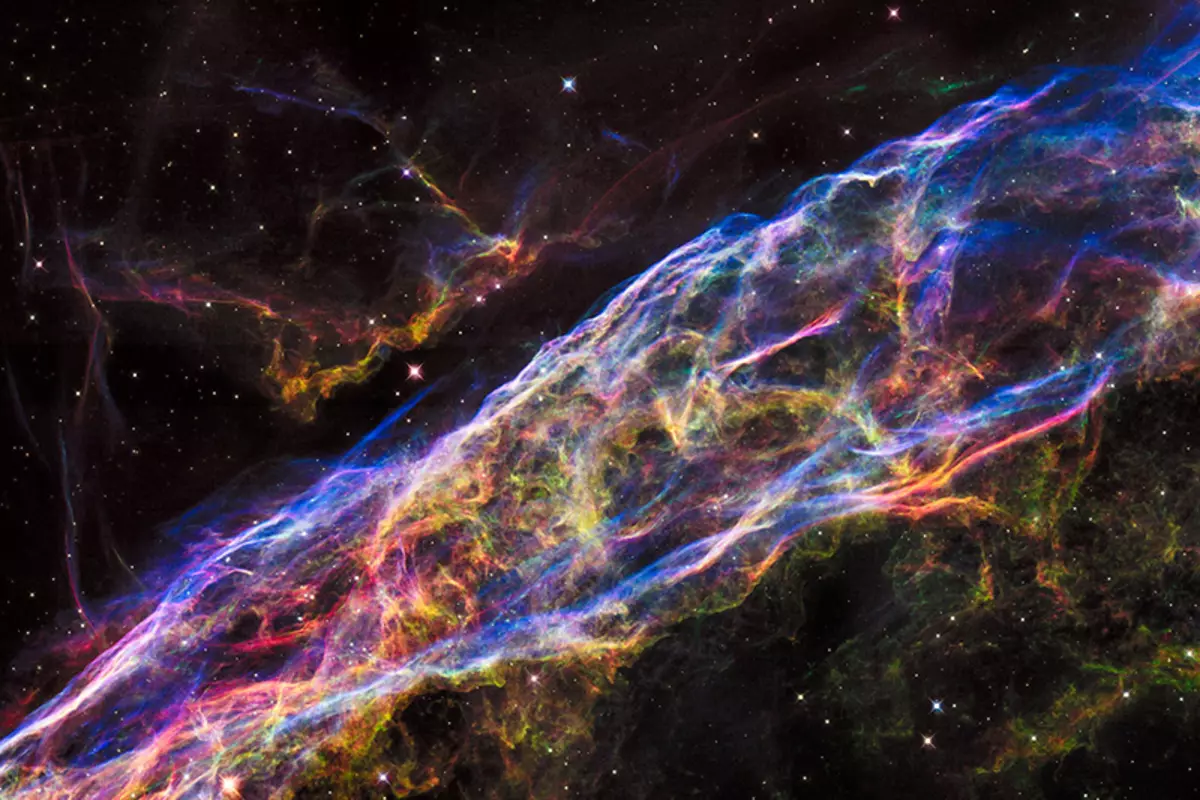
Галактика Вир і її маленька сусідка NGC 5195, яка крутиться на периферії Виру вже кілька сот мільйонів років.
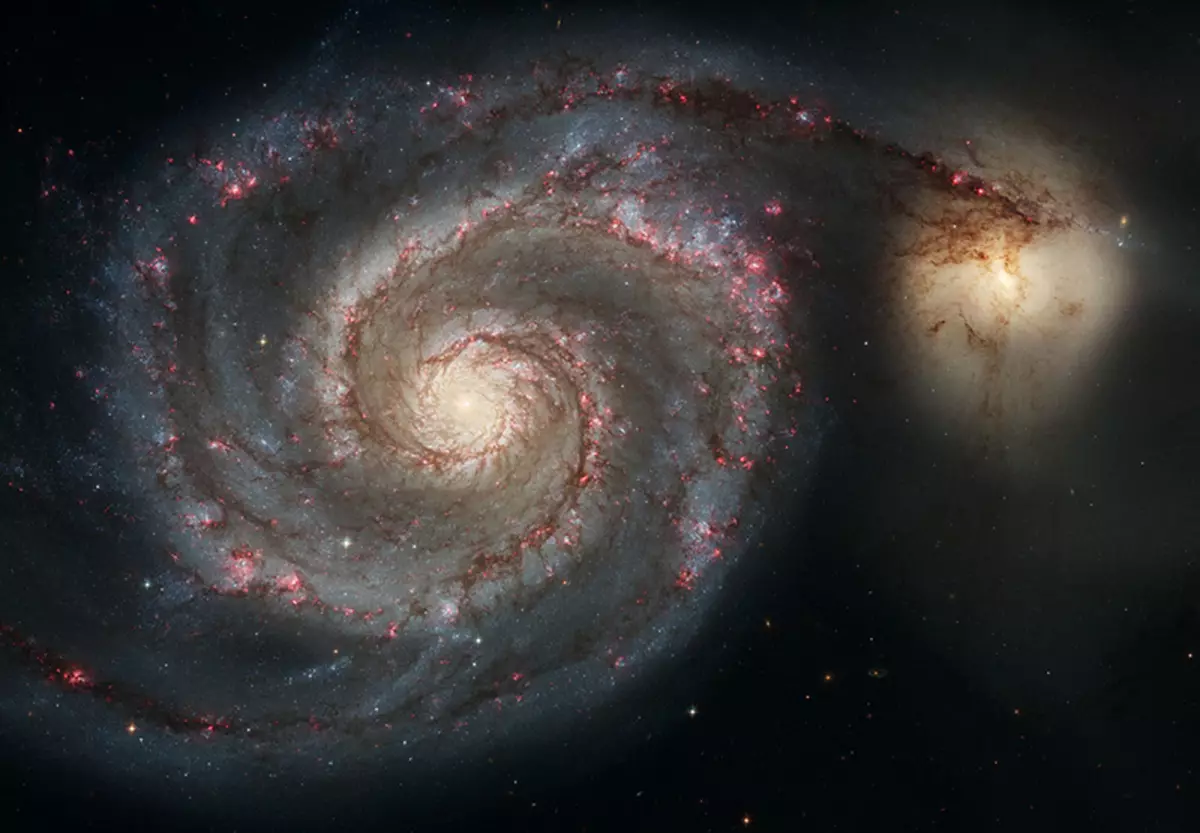
У центрі Чумацького шляху.
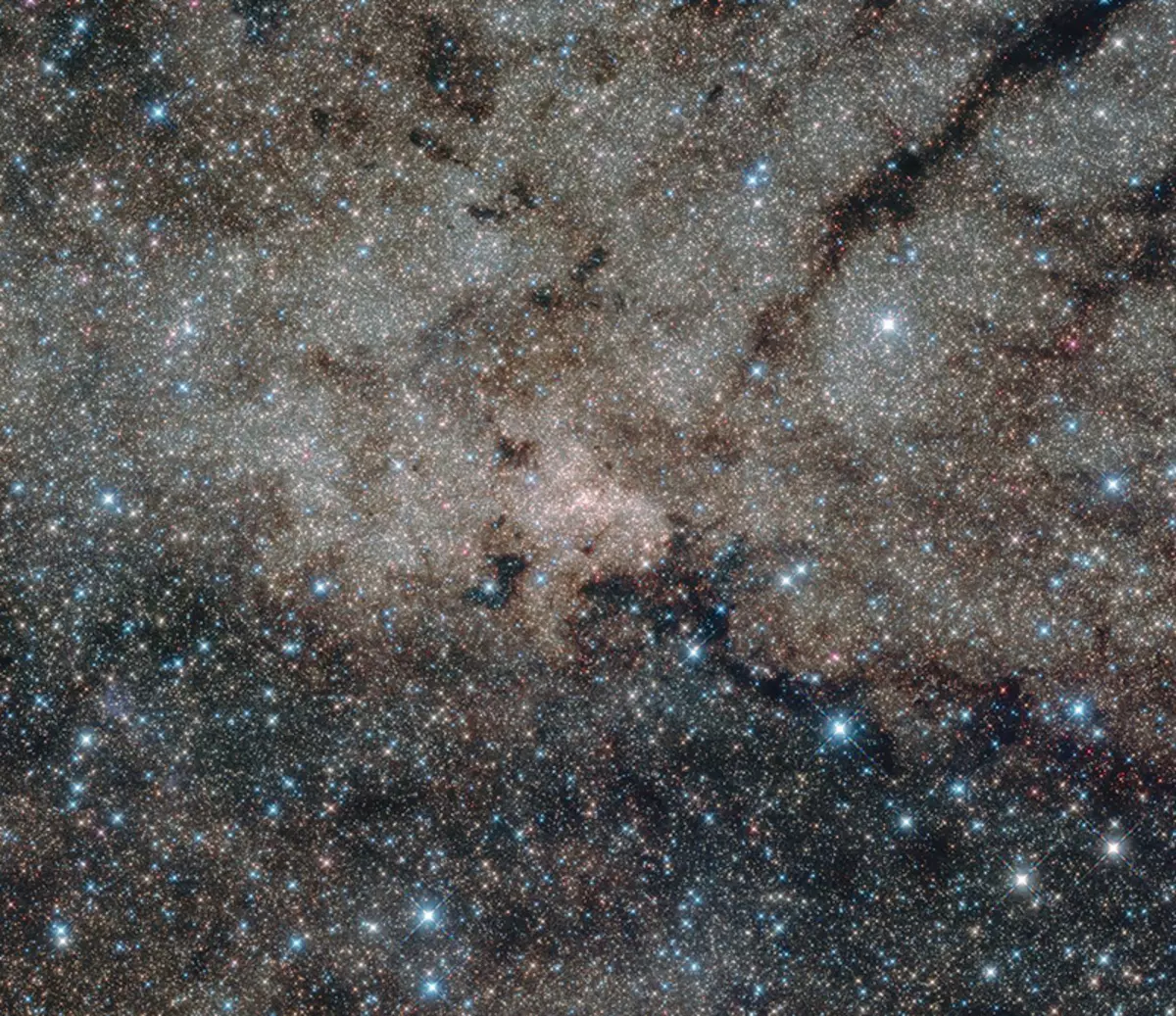
Туманність Оріона, в якій прямо ось зараз створюються нові зірки.
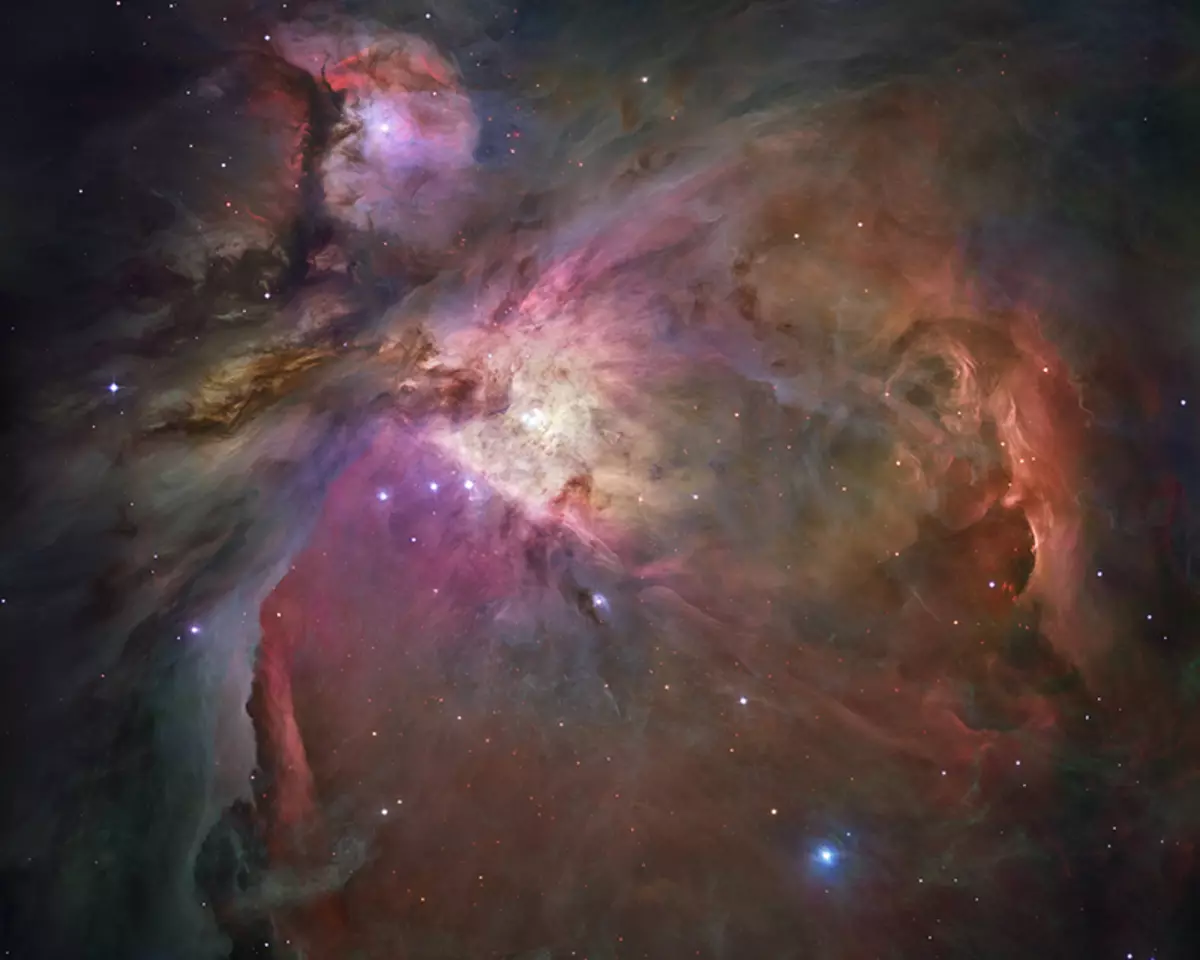
Астрономи - ті ще романтики. На цьому знімку зображений момент народження нової зірки - он вона, в самому центрі сяючого газової хмари. І як ти думаєш, яке ім'я вони дали цього чуда? SSTC2D J033038.2 + 303212.
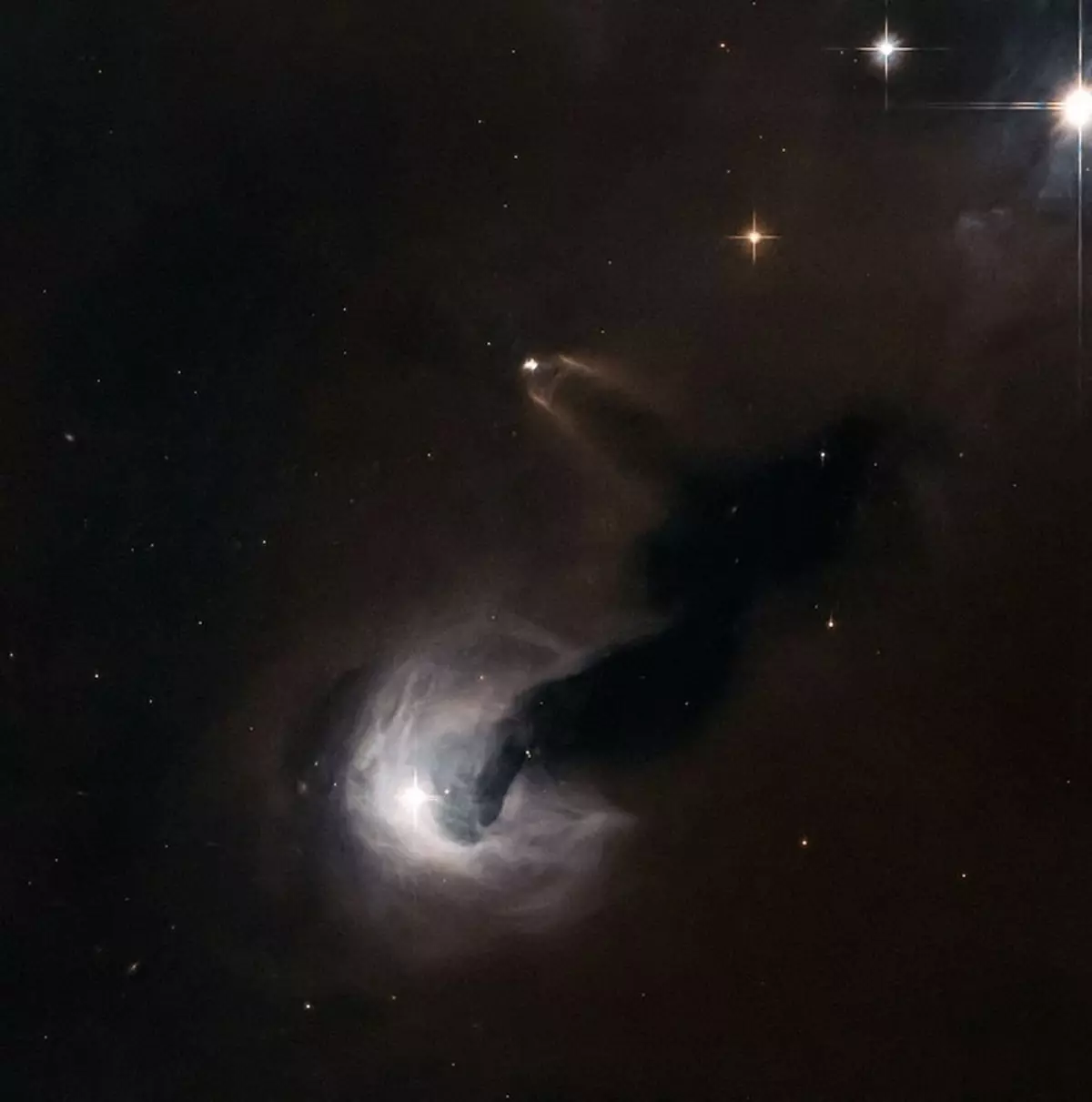
Кульове зоряне скупчення. Неначе Новий рік.
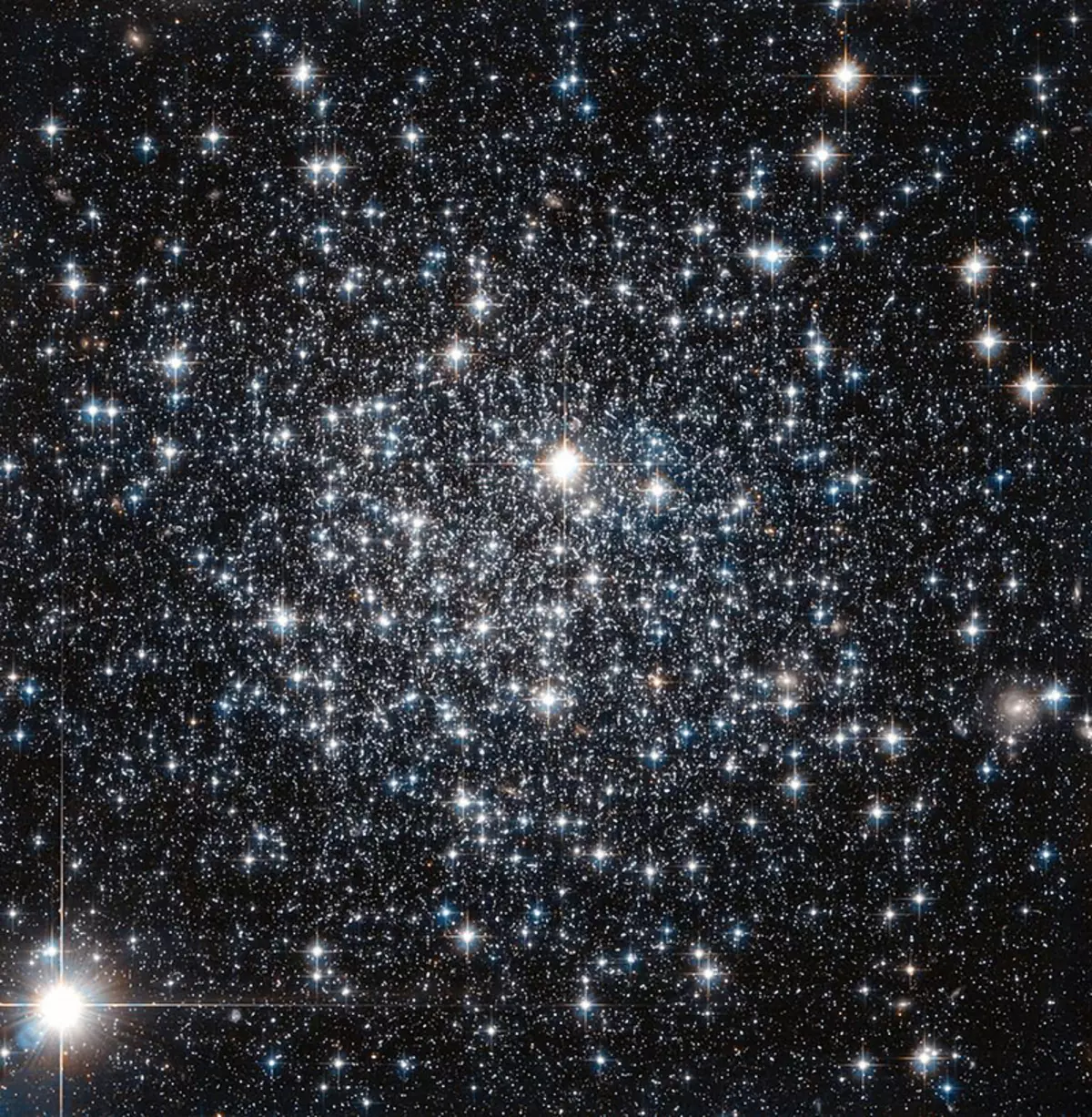
V838 Єдинорога вибухнула в 2002 році. Для неї це - початок кінця. Для нас - фантастичне видовище.
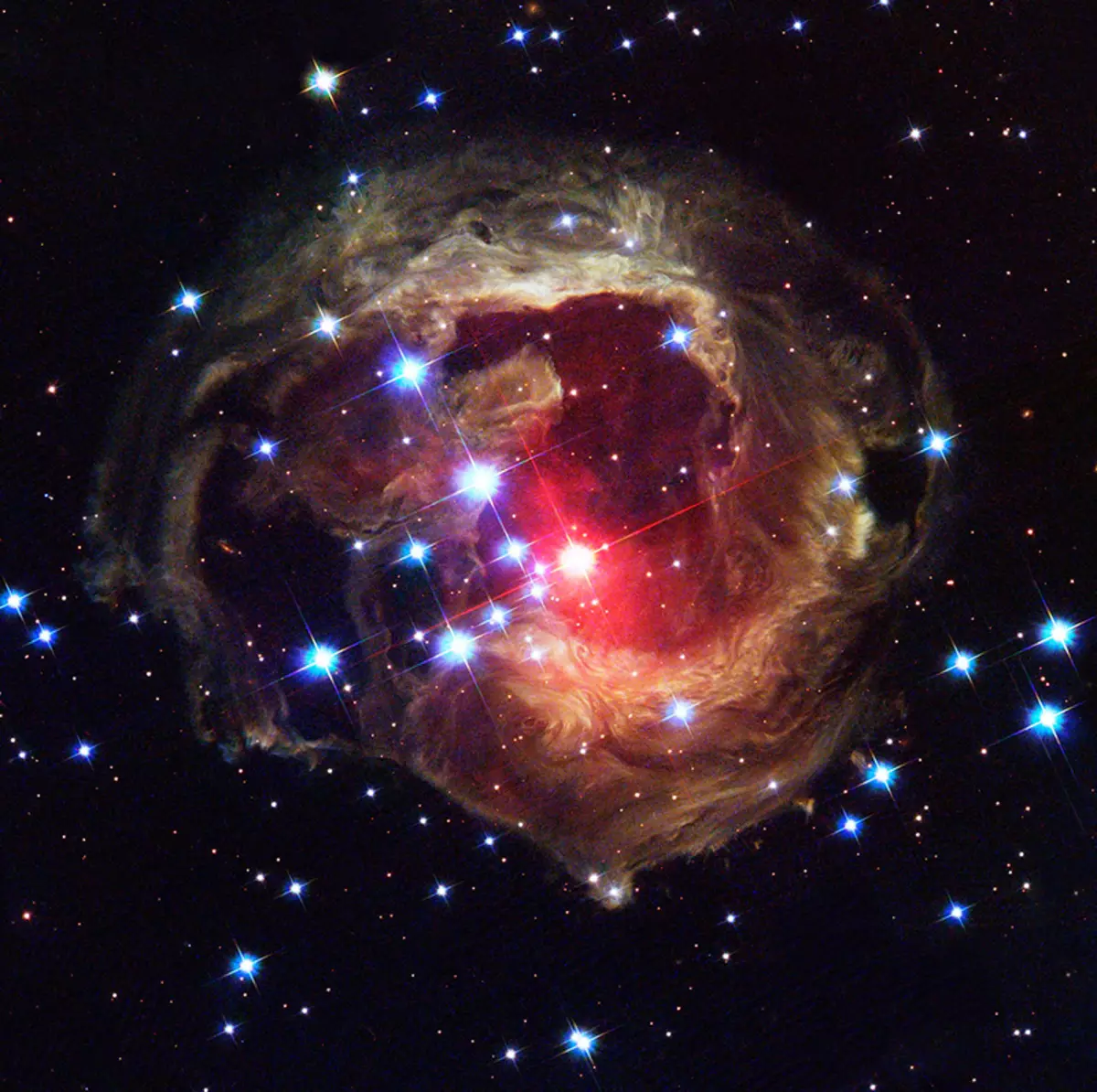
Туманність Голова Мавпи. Ти бачиш мавпу? І ми не бачимо. А вона є.
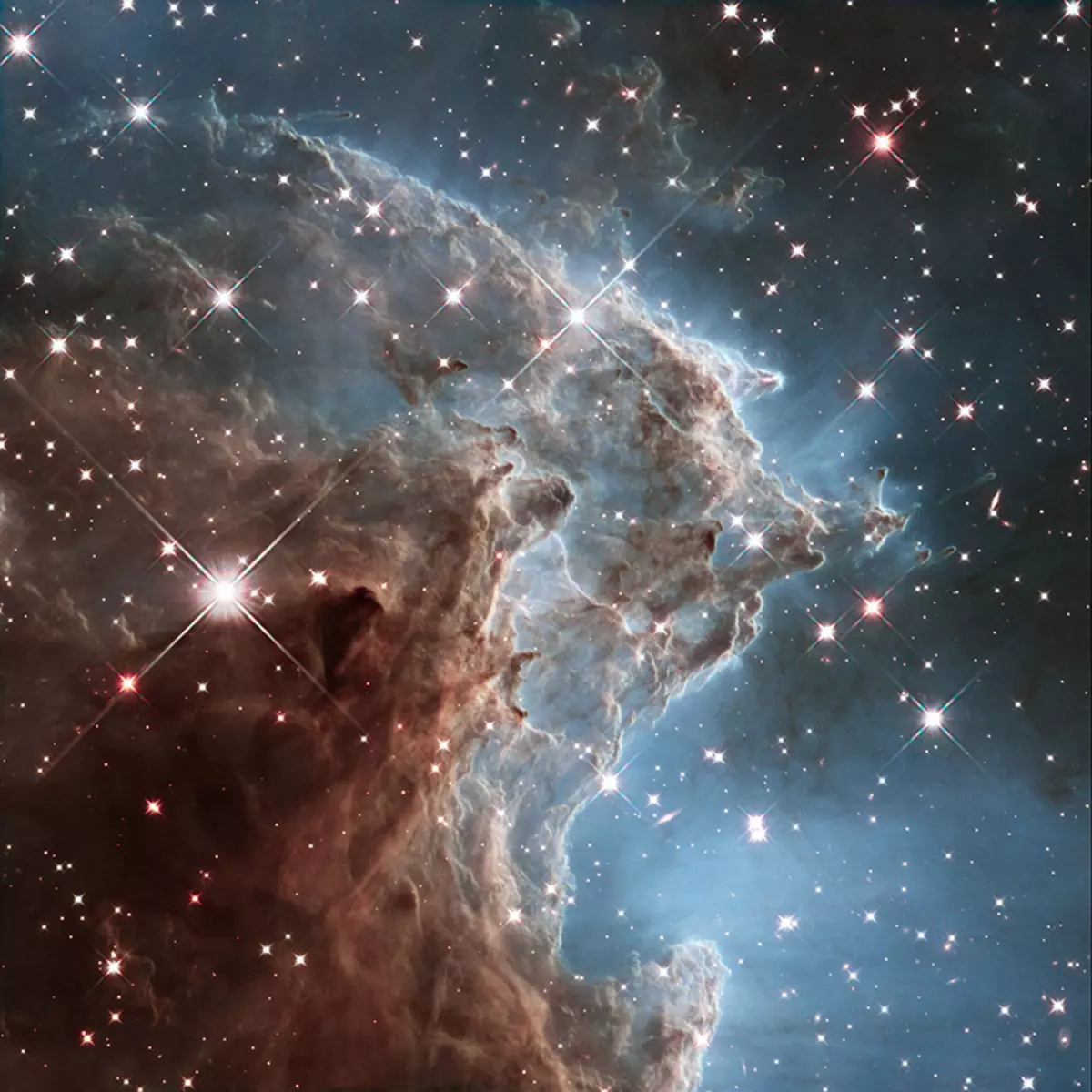
Буря біля північного полюса Сатурна. Не тільки у нас буває погана погода.
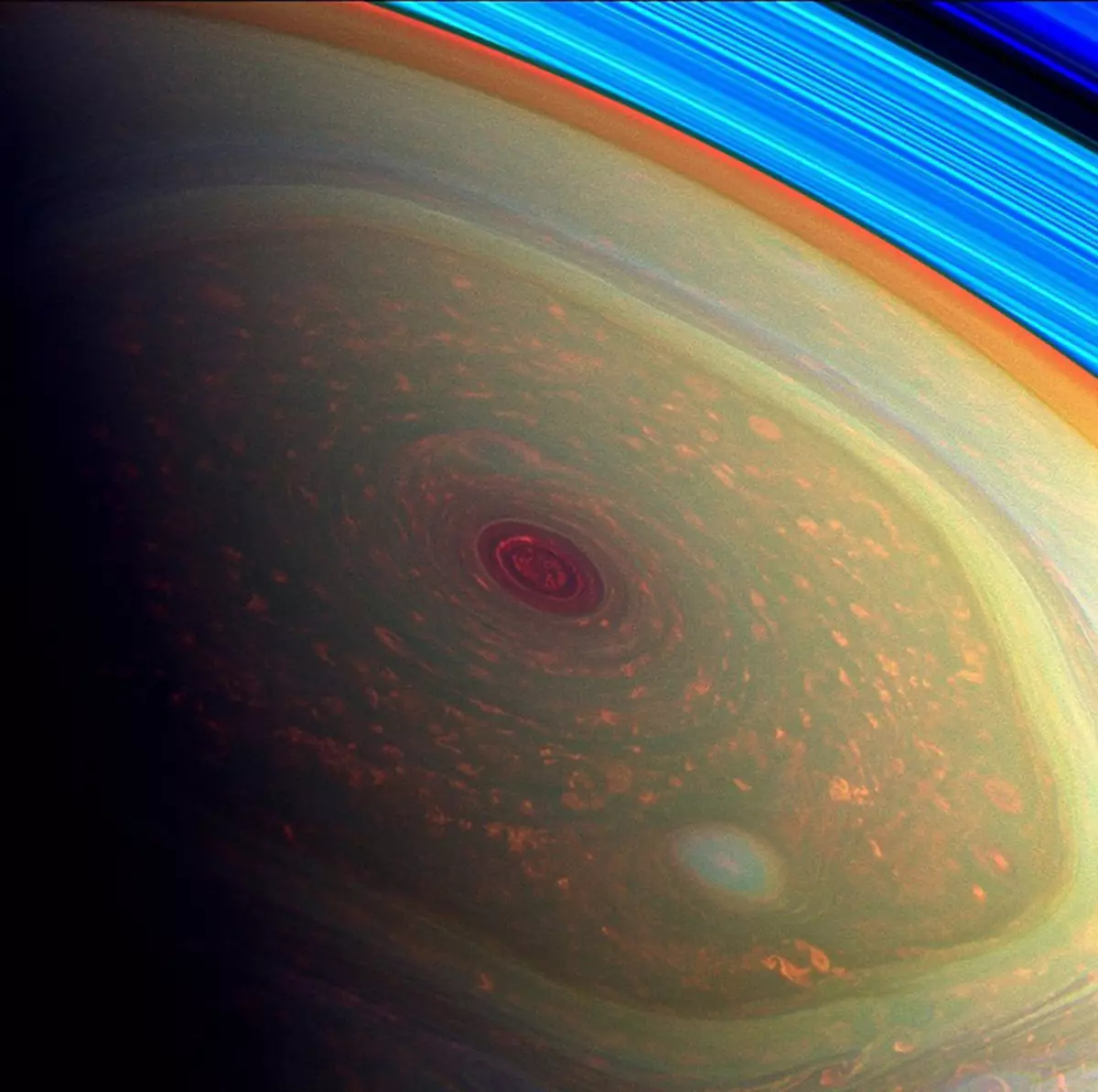
Ось так виглядають свіжоспечені наднові.
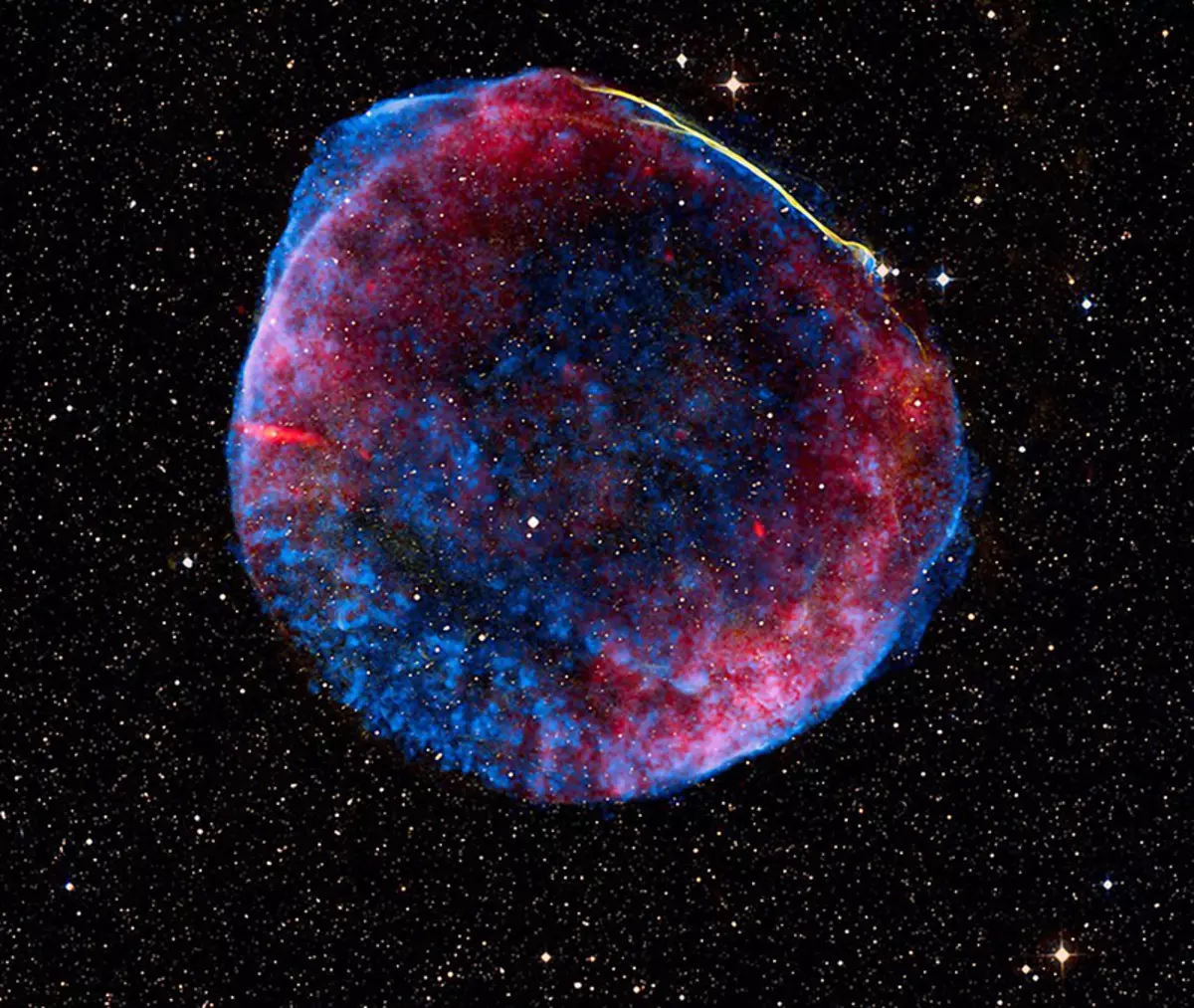
Або ось так.
